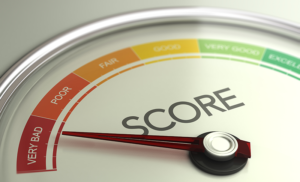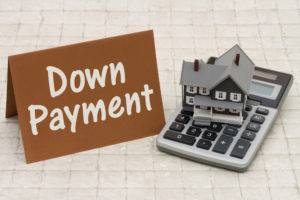Buyers who have been discouraged about purchasing a home because the housing market is too competitive, will like the latest 2022 forecast update from Realtor.com.
Inflation, higher home prices and higher mortgage rates are impacting affordability, which has caused many homebuyers to stop looking. In April 2022, existing home sales dropped 2.4% from March, and 5.9% year-over-year, partly due to mortgage interest rates crossing 5% for the first time in decades. Meanwhile, home prices in April rose 14.8%.
Many sellers are putting homes on the market in an effort to cash in before prices possibly begin to fall. Active listings, or homes listed for sale, are anticipated to grow 15% year-over-year in the second half of 2022. Home builders have stepped up production by about 5%, so buyers will have more inventory to choose from. Home sellers will have to become more competitive which will invite wait-and-see homebuyers back into the market. Housing sales volume for 2022 should be the second-highest in 15 years, even though a decline of 6.7% from 2021 is anticipated.
With unemployment rate near 50-year lows, wage growth should rise 3.8%, and flexibility to work remotely, even out of state, will continue. First quarter data showed that 40.5% of Realtor.com® home shoppers viewed listings located outside of their current state, up from 33.4% in 2020.
That said, affordability will remain an issue for many homebuyers as home sales prices rise 6.6% and mortgage rates reach 5.5% by the end of the year.
Market View – September 1, 2022
• 714 currently listed homes for sale in the five county greater Lansing area.
• 296 homes with accepted offers. Awaiting inspections and/or appraisal.
• 487 homes listed as Pending. Have completed inspections and will soon close.
• 4553 homes that have closed since January 1, 2022.
• 7241 homes that have closed in the past 12 months.
Mortgage interest rates
30 year fixed – 5.55% ($5.45 per $1000)
15 year fixed – 4.85% ($7.59 per $1000)





